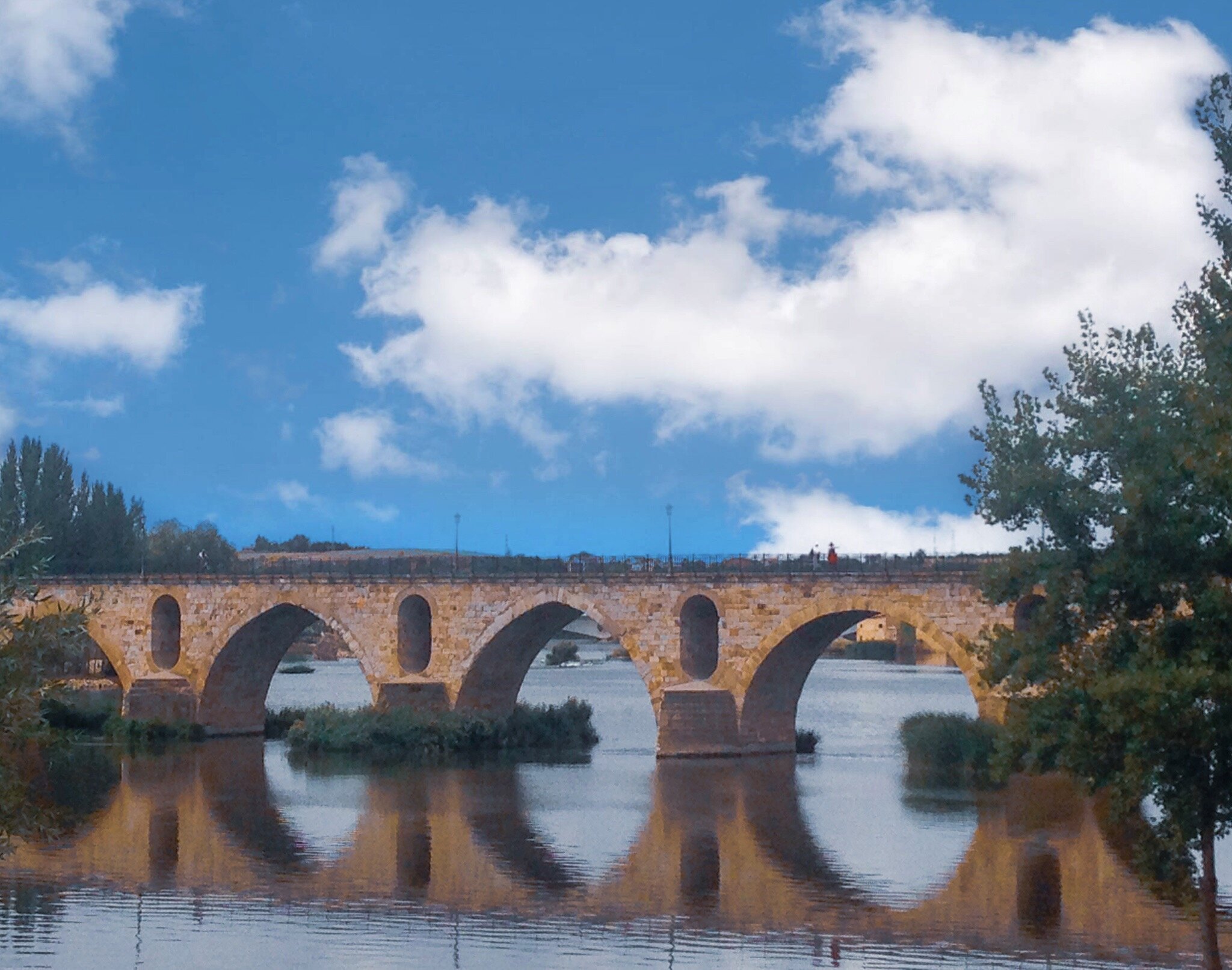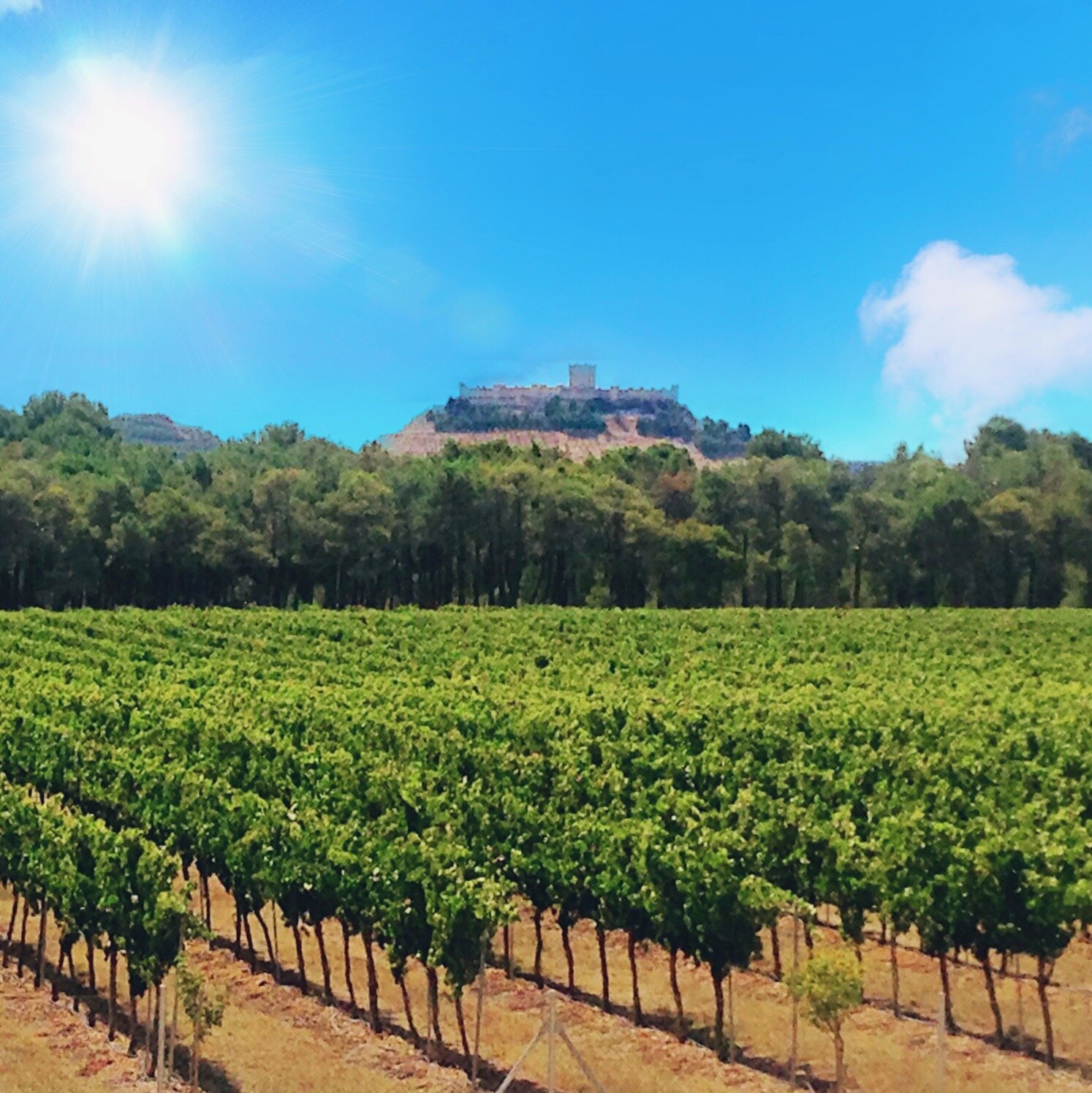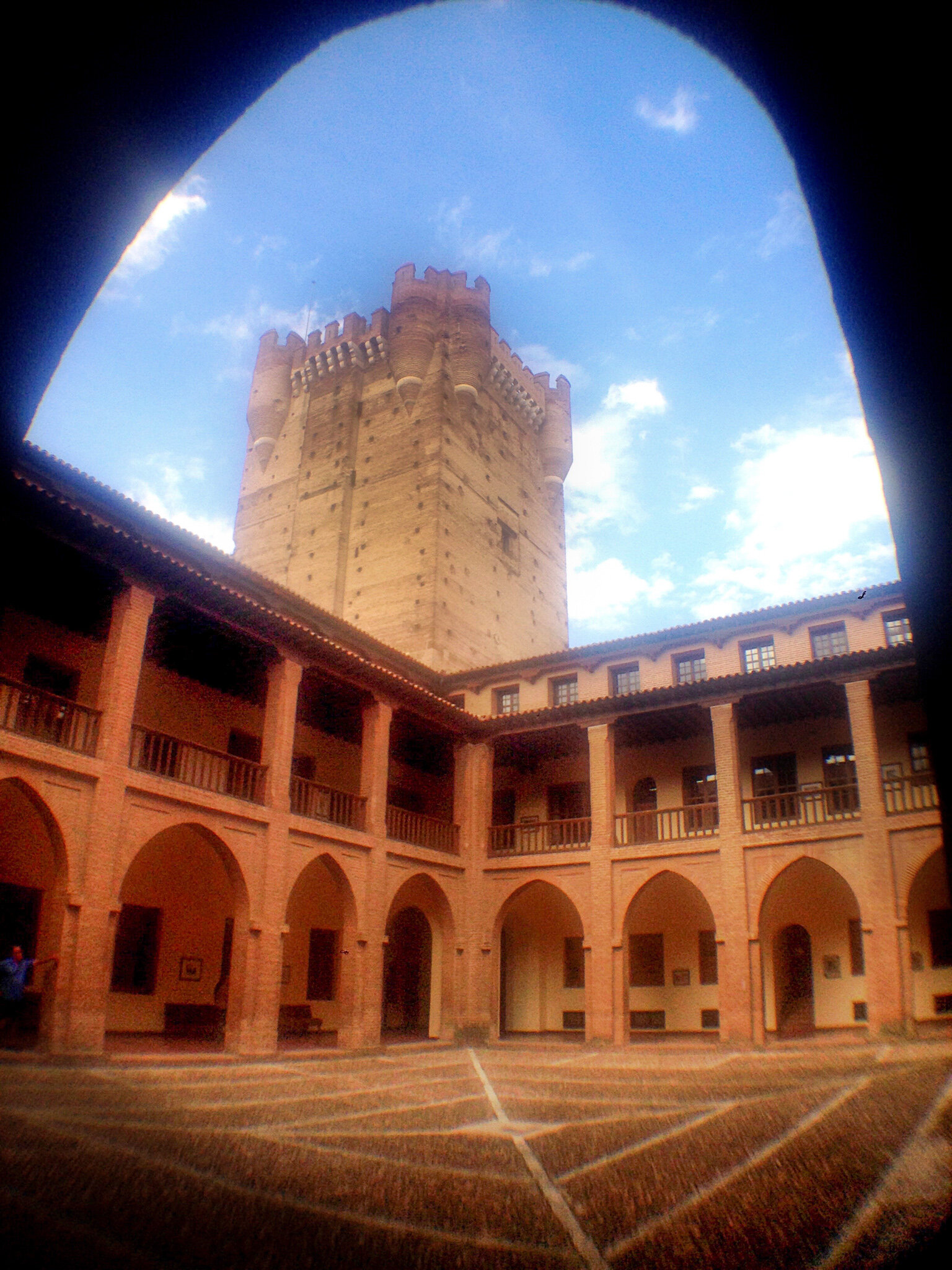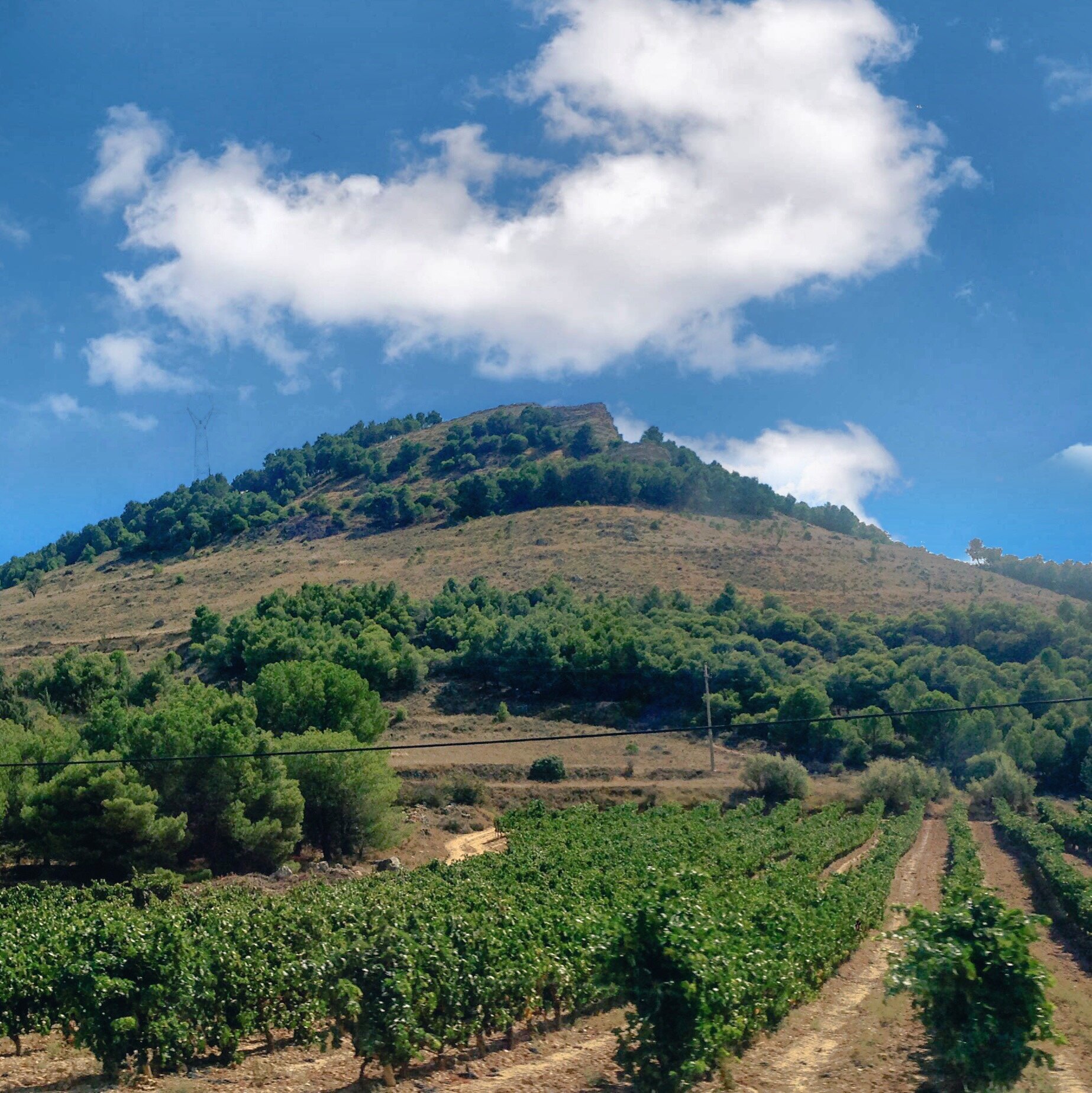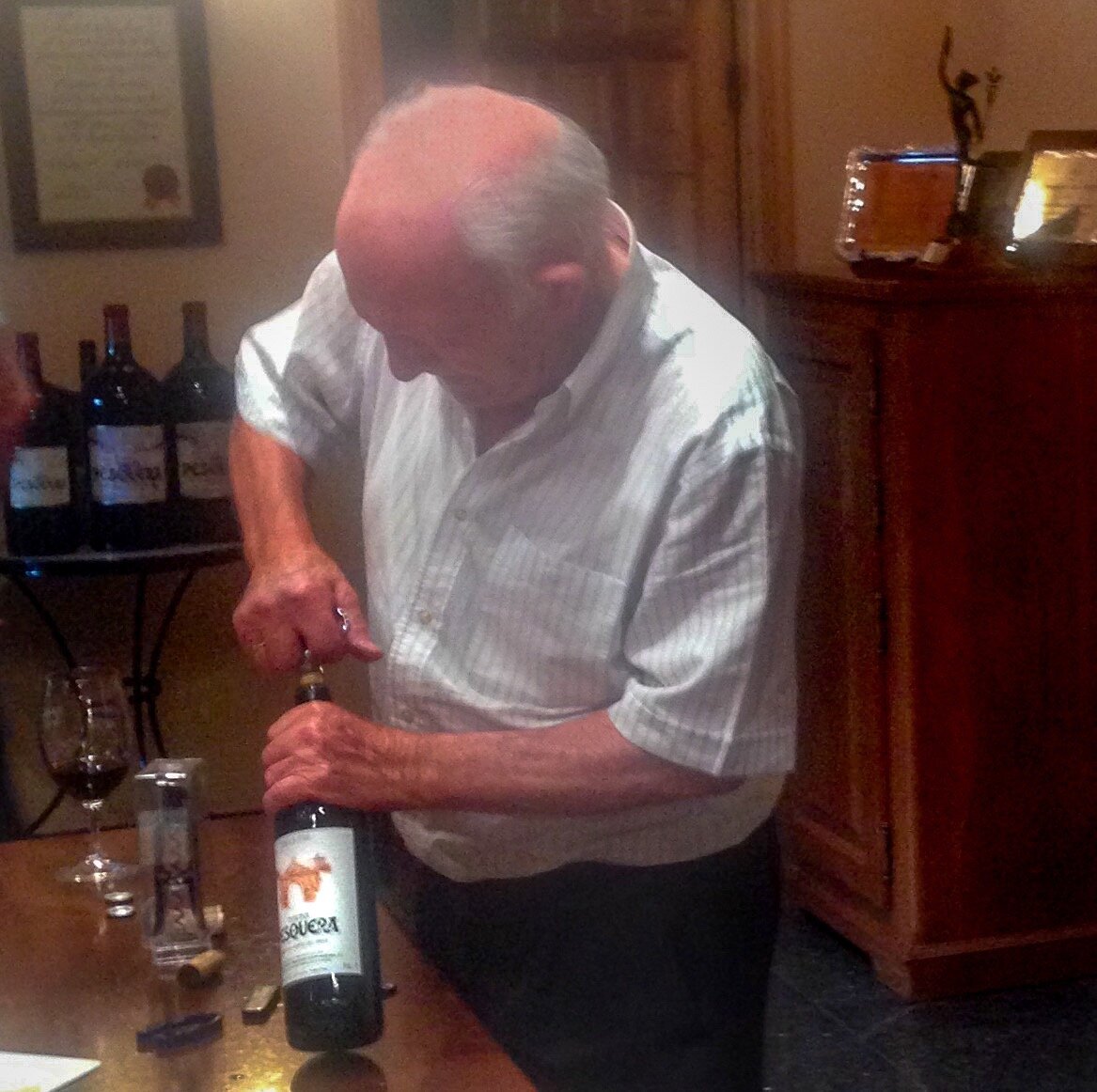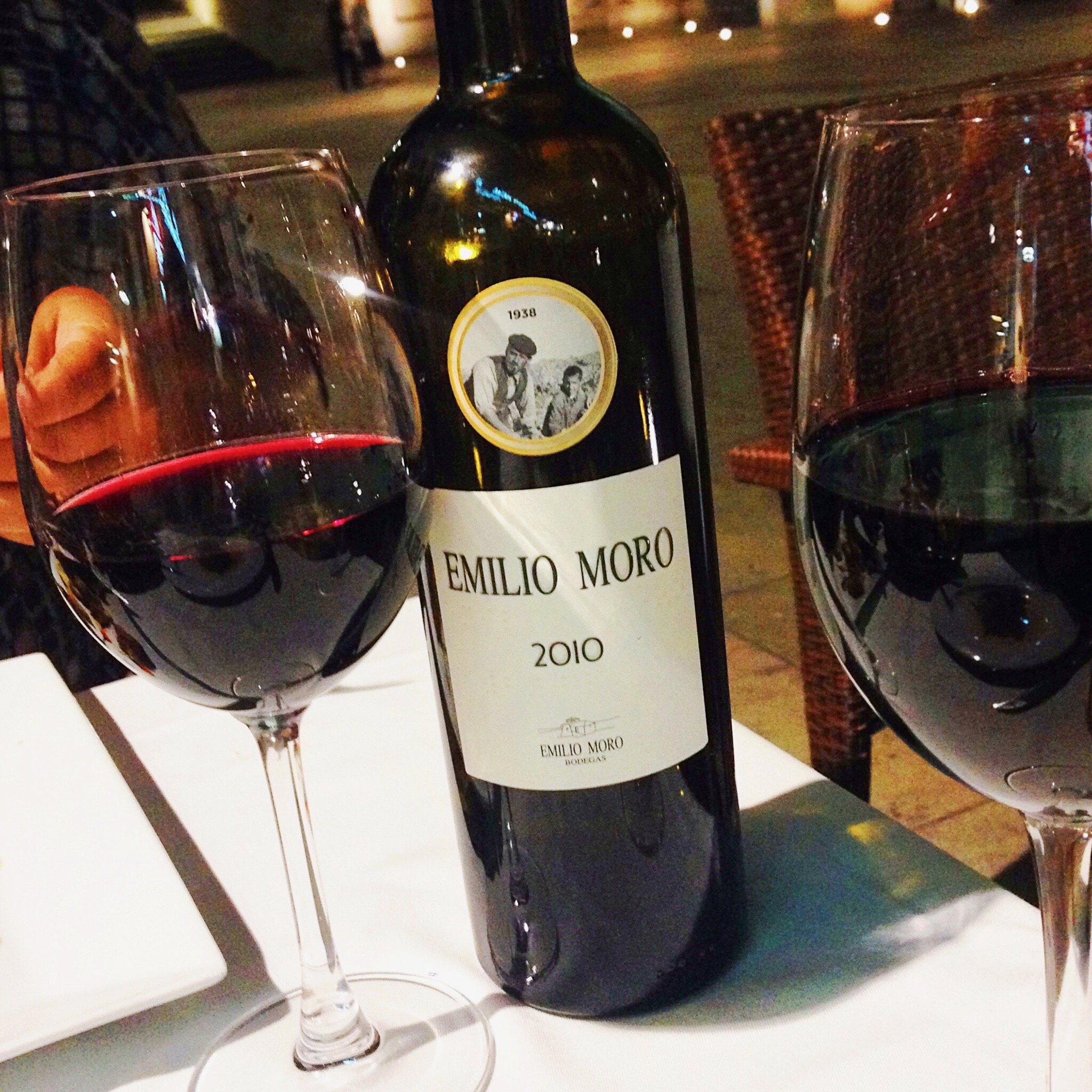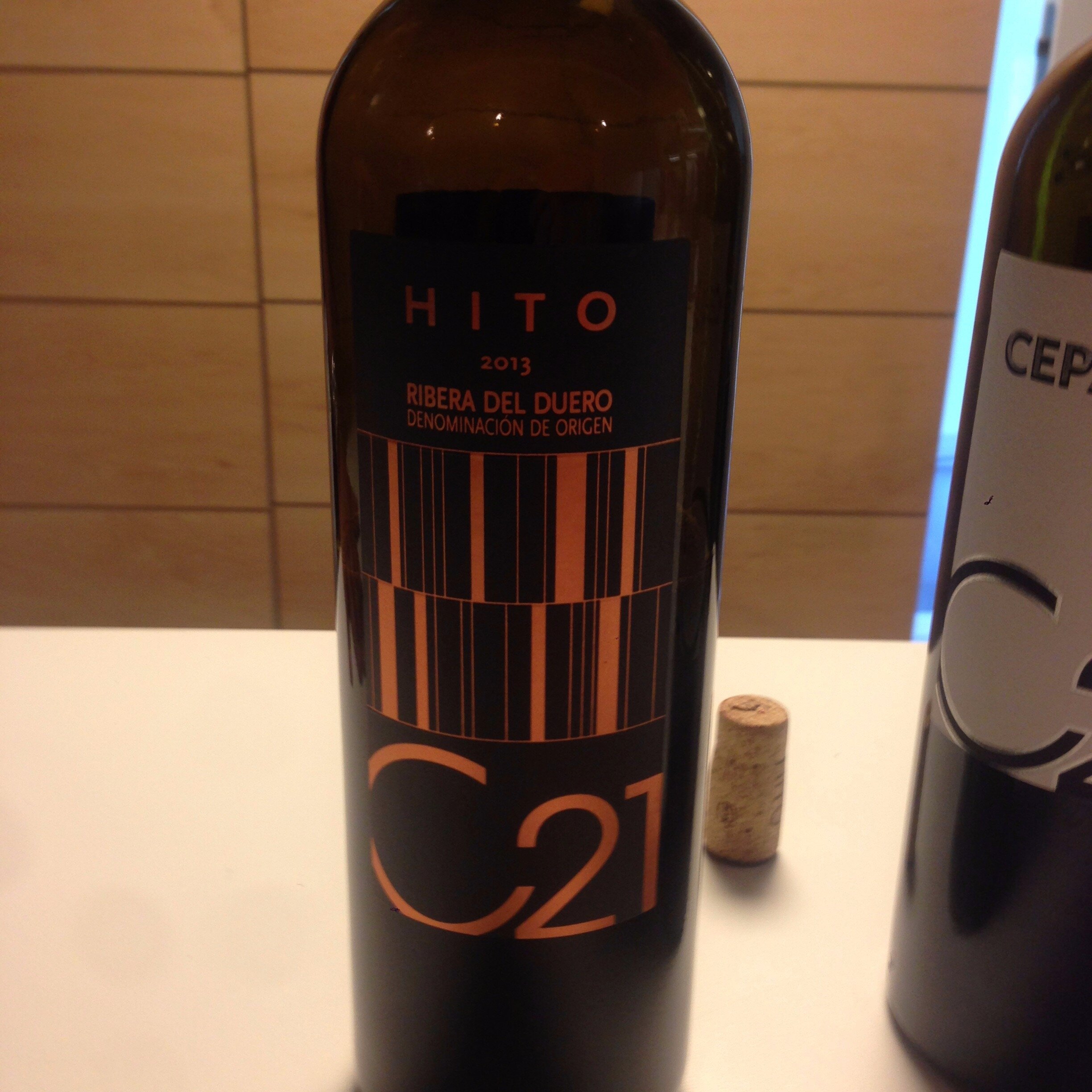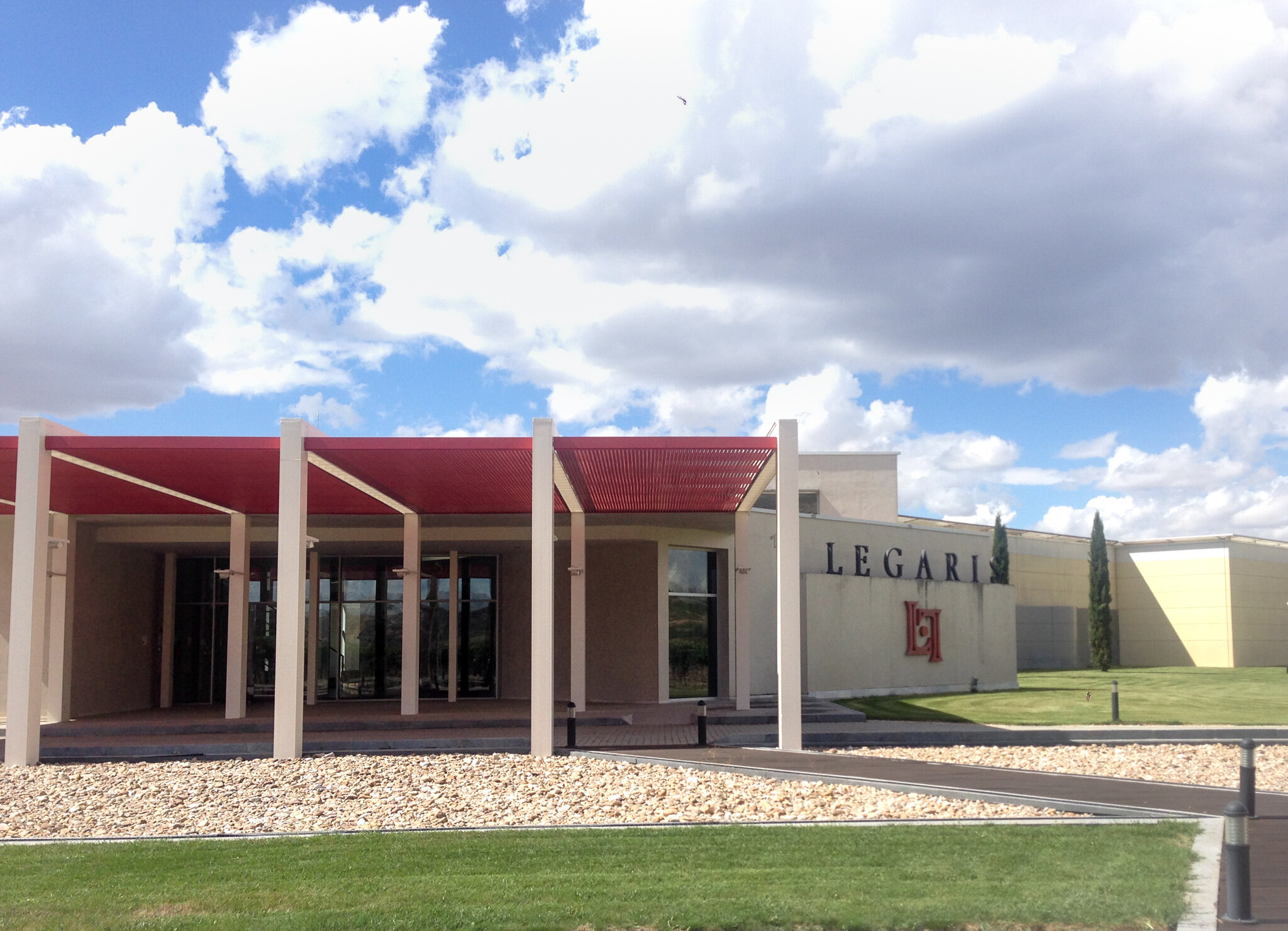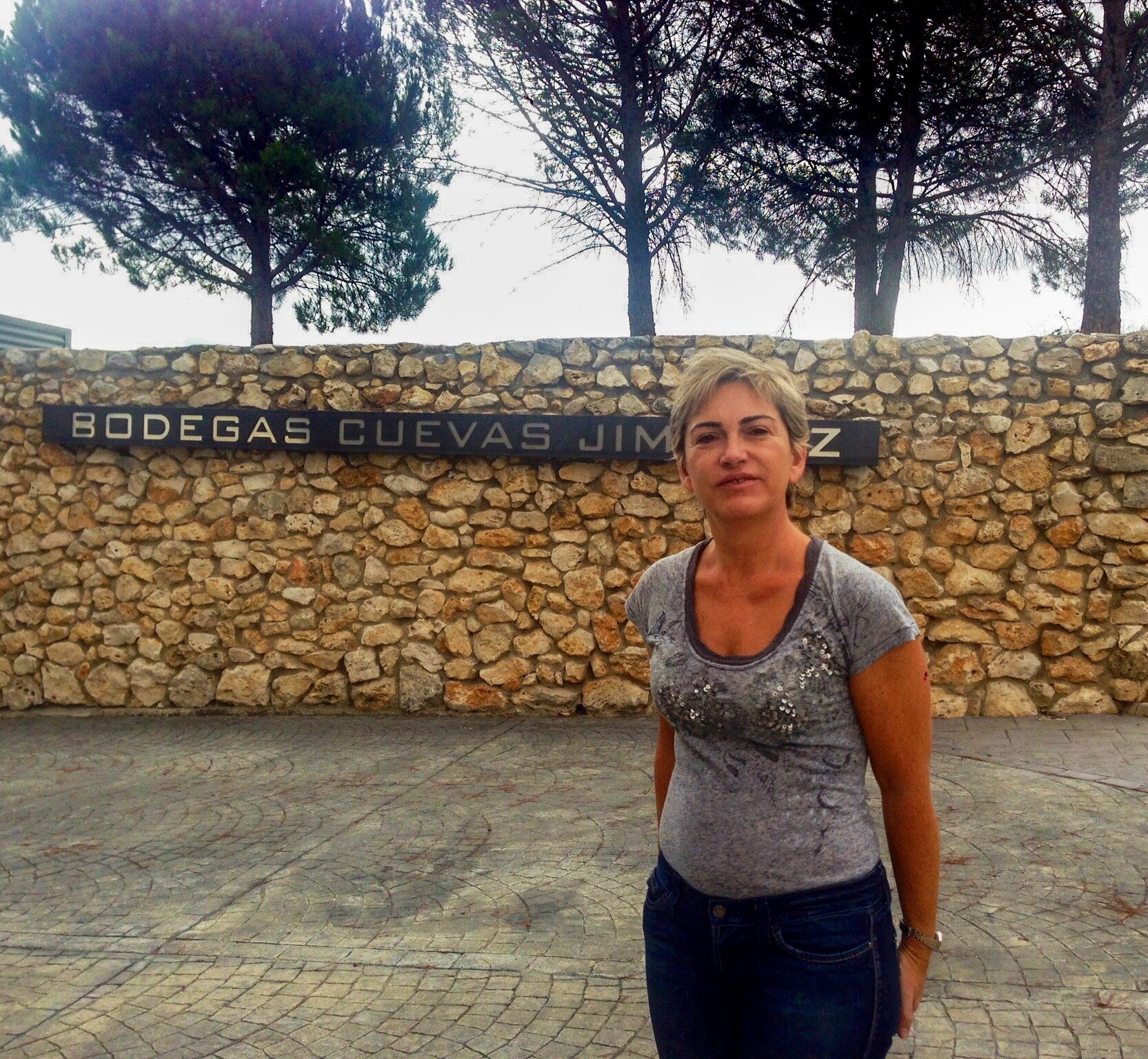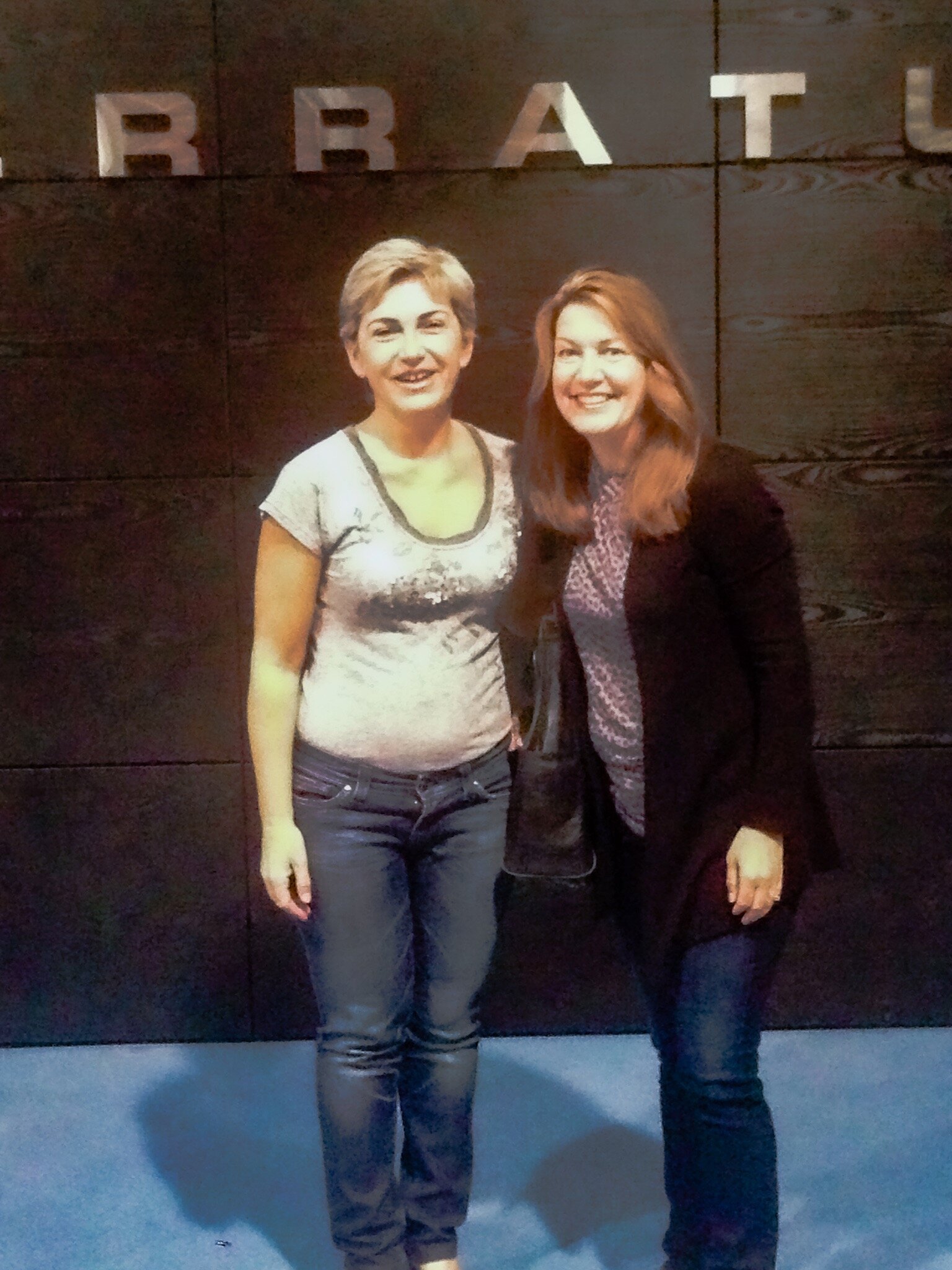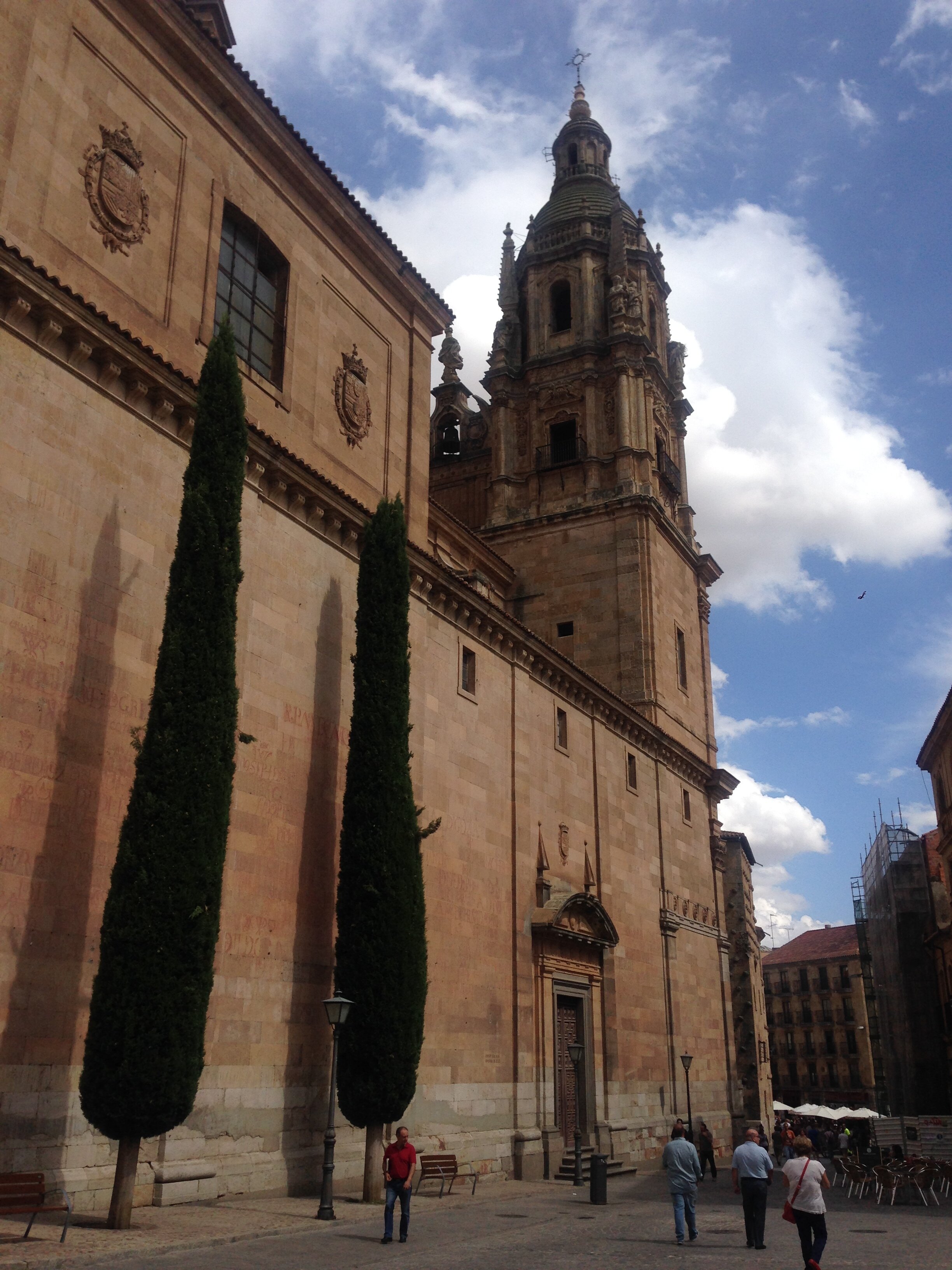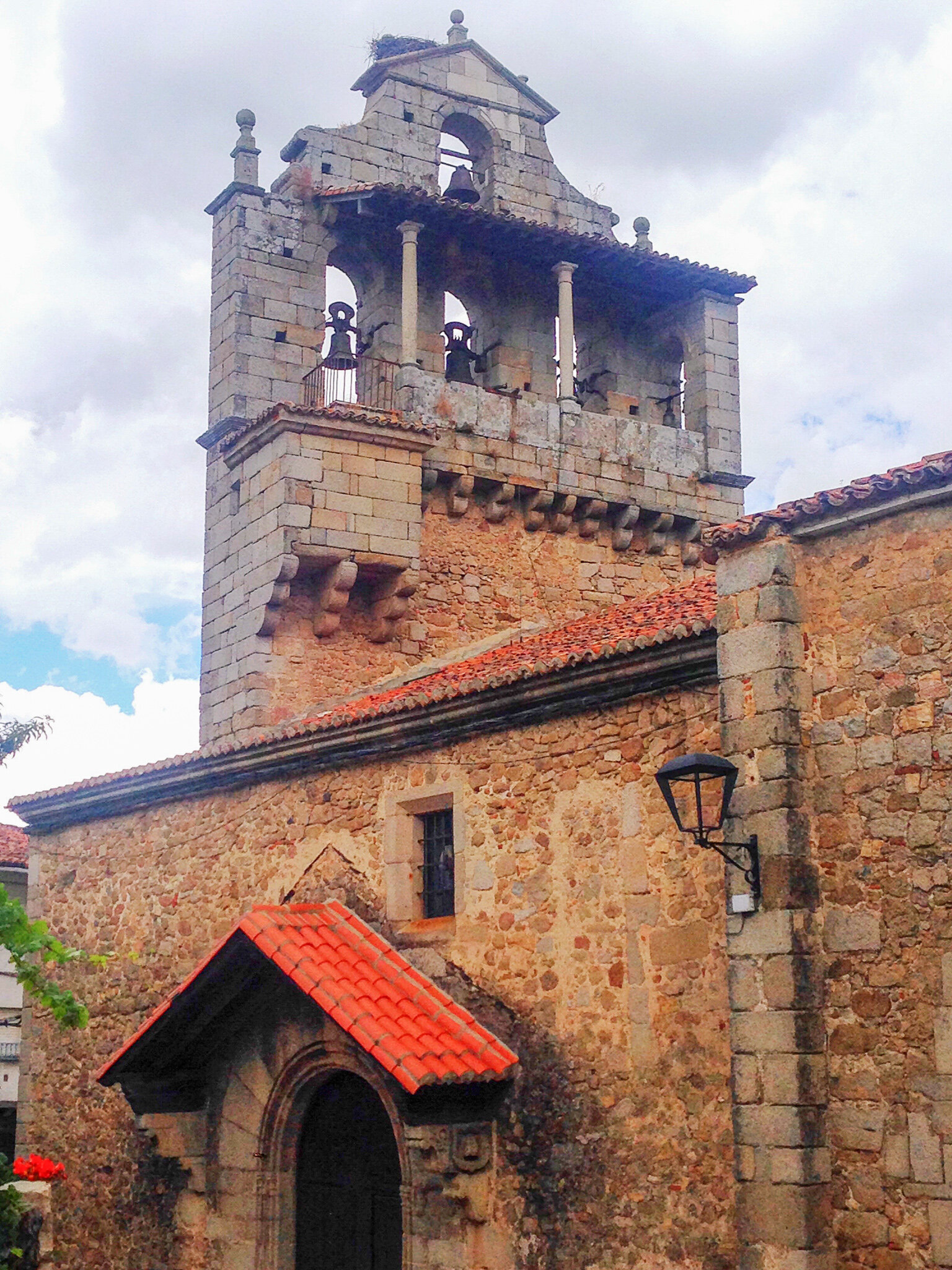Ribera del Duero: Wine Travel
I love the Spanish culture; relaxed strolls, stopping to eat tapas and drink wine – what more could you ask! You’ll be forced to slow down; people take their time here, and with mid-afternoon siestas and many shops and sites closed, why not take that three-hour lunch. Spain is a very relaxed place; people show up late; a lot. And it doesn’t seem to be a big deal. It also appears that everyone is a night person; things start late (9:30 or 21:30) and go well into the early morning hours.
After making two trips to Spain, I was drawn to the wines of Ribera del Duero. We were finally able to add it to our wine travel experience, and happy we did. The people of this wine region have a genuine desire to make visitors feel welcome and tremendous pride in the area and the wines produced. A visit to this area offers a full spectrum of wineries from traditional, to small family-run, to modern state of the art facilities. It is best to make appointments in advance for visits.
Madrid is the closest International airport and an easy two-hour drive to Salamanca or Burgos. We used both towns to home-base, and explore all of Castilla y León. This allowed us to deep dive into Ribera del Duero and take a day trip into Ruedo and Toro. You may think of Spain as a classic Mediterranean country, but this high plateau of Castilla y León is a continental climate with long cold winters, short springs, and hot summers. Most of your driving will be through plains of tumbleweeds and sagebrush.
Winemaking in Ribera is centered around the town of Peñafiel, where perched prominently atop a hill, and visible for miles, is the Peñafiel Castle. Historically significant during the 9th and 10th centuries, it was an important line of defense of the Duero River for both the Christians and the Moors.
Ruedo is known for its white wines, and the largest producer is Marques de Riscal. They are known for saving the Verdejo grape, which can trace its history back to the 11th century. I was already a lover of Albariño, but some Verdejo’s stood out with a nose of lemon and citrus and sharp acidity and minerality.
Toro is upriver, closer to the source, which is in Portugal and changes name to the Douro. If you like reds with grippy-tannins, then try a Tempranillo from here. A fascinating stop is the town of Zamora on the Duero River. Zamora is known to have the most Romanesque churches in all of Europe. The gates and the castle depict another era when the city went back-and-forth from Moorish to Christian.
The Region:
It may be the lesser-known of Spain's wine regions, but it is notable in its own rights. Ribera del Duero is a rural region with vast vineyards stretching endlessly, and several lovely villages are scattered throughout. Ribera Del Duero was granted Denominación de Origen (DO) status in 1982 when only two dozen wineries or Bodegas were established. Today these numbers have reached more than 300, and over 55,000 acres are planted, with the average grower having less than 8 acres (3 hectares).
Much of the Ribera del Duero wine region runs along the Duero River. The weather conditions seem extreme with scorching hot summers and frigid winters; even temperature swings in one day can be more than 50 degrees. The area experiences plenty of sunshine with minimal rain, and the plateau where many of the vineyards reside averages 3000 feet above sea level.
The soil consists of boulders, clay, and limestone, and these conditions force the vines' roots to penetrate deep into the ground. With these varying ground types, grapes ripen at very different paces from vineyard to vineyard. The soil regulates the water and can retain the heat to distribute this during the cold winters.
The Grapes and Wine:
"Tinto Fino" is the local name for the Tempranillo grape. Tempranillo is indigenous to Spain and the most widely planted grape. The name means "early" because it ripens earlier than most red varietals. Although the Tempranillo grape is the same as Rioja, and they follow similar winemaking processes, the wines from Ribera couldn't be more different.
The climate and the terroir of the region seem to be conducive to this thick-skinned grape making for some bold, age-worthy reds wines. They have a particularly high acidity due to those chilly nights. I find the young wines are bright and easy to drink, while the reserves tend to be smooth and velvety.
The key to understanding Spanish wines is to understand the terms used to classify their wines, which in large part is related to the wine aging process. Red wines are classified according to the length of their barrel aging:
Joven: young wines under 15 months old, generally with no oak aging. They are fruity, vibrant, and meant to be consumed young.
Crianza: at least 12 months in oak + 12 months aging in bottle before release. These wines usually have well-balanced tannins with a medium-to-full body. They are also meant to drink once released.
Reserva: at least 12 months in oak + 24 months aging in bottle before release. This produces wines that more intense, richer, and have a long finish.
Gran Reserva: at least 24 months in oak + 24 months aging in bottle before release. These are complex, structured, balanced, and the boldest examples of Ribera wines.
To Visit:
Vega Sicilia brought attention and accolades to the area and set the standard for wines from Ribera. The estate forgoes the use of chemical fertilizers and herbicides and waits a minimum of 10 years for its grapes to mature before using them in its wines. They have seen their fair share of turmoil, from a counterfeit ring selling fake wines to a hugely public family feud. To visit, you will need an introductory letter from a distributor or importer or friends in high places.
Alejandro Fernandez, the winemaker at Tinto Pesquera and Condado de Haza, is another significant influencer who helped put this region on the wine map. A well-respected figure in the Spanish wine world, it was a pleasure to meet him and share some wine. His success with Pesquera drew many grape growers to become winemakers and stirred investment in the region. Condado de Haza is in the old town of Valera, between La Horra and Roa, and is held in high regard for some of the best vineyard locations. The winery was built to take full advantage of the hillside's slope, and gravity is used to carry the grapes and wine through the vinification processes.
José Moro, whose family has been growing grapes in the region for generations, is another prized winemaker in the area. In the late '80s, he built a winery and started bottling his own wines using the family name, Bodega Emilio Moro. Changing things up, he chose French oak over the traditional American. Over the years, the estate grew from 75 acres to over 500 today. Over time, he made single-vineyard bottlings to show the distinct differences in the wine’s terroir. It's definitely worth a stop in the Valladolid district, located in the town of Pesquera. Bodegas Cepa 21 is another winery owned by the Moro Family with a modern facility and restaurant. The desire for this new endeavor is to be forward-thinking, which was very exciting to see in this area of Spain.
For a modern, state of the art facility, visit Legaris. Owned by the sizeable Codorniu group, the winery is shaped in a cross with a stunning location with views of the Peñafiel Castle.
Each Bodega was memorable, but an unforgettable experience was spent with Maria Luisa Cuevas, Ferratus winery owner. The passion she has for their wine, and the love she has for her supporting family, just radiates; this made for a delightful afternoon sharing wine. Unfortunately, she had a horrible experience with a US exporter, or someone posing as one, who deceived her and seven other wineries in the region. The amazing thing was she held no blame but looked at it as a learning experience in the business of wine – classy lady. Trust me, these wines will come home in your suitcase.
The Food:
There is no better way to start a day than combining chocolate syrup and a donut - Spanish churros! Follow that with some seafood tapas for lunch, and kick off the evening with Sangria. This rural region has fantastic local food; the pork and lamb were some of the best we tried in all of Spain – which is saying something!
Roast suckling pig is a specialty in this part of Spain. For Hemingway fans, go to one of the oldest restaurants in Madrid, Sobrino de Botín, where the dish was mentioned in The Sun Also Rises. I’ll never forget the one I tried in Burgos in the square outside the Cathedral, I just wish I could remember the name of the restaurant.
Along the Road:
Madrid is Spain's capital and the hub for travel throughout the country with its high-speed rail system. It also houses the most extraordinary Spanish art with many beautiful museums to discover this rich culture. You can spend several days and uncover a different century of art each day. Madrid is an easy-going city with glorious buildings, world-class shopping, and energetic nightlife.
One of our favorite spots was Plaza Santa Ana, with lots of great bars and restaurants surrounding the square where everyone gathers to catch up and pass the evening with a glass of wine. Be sure to stop at the San Miguel market and sample your way through the food and wine of Spain.
Salamanca is a picturesque city with a Renaissance style. Most notable is the Plaza Mayor, which is stunning when illuminated at night. There is a lively vibe here as the city houses one of the largest Universities in all of Spain. We visited in September during their festival, where each square has a sampling of the local restaurants. People pour out into the streets, and the festivities go to wee hours. If you have the opportunity, don’t pass it up.
Burgos is home to the most extraordinary Gothic cathedral, which looms large over the town, captivating your view at every turn. The town has a wonderful square surrounded by pastel buildings, and the locals come out to enjoy the evening. The old town is pedestrian-only and filled with shops and tapas bars. For a distraction from wine, the Museum of Human Evolution is a unique experience depicting how humans evolved.
My recommendation is don’t put off a visit to Ribera del Duero; you'll be pleasantly delighted.
For more travel experiences in Spain, check out;



